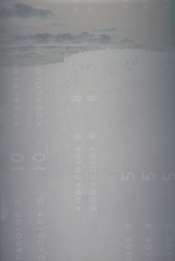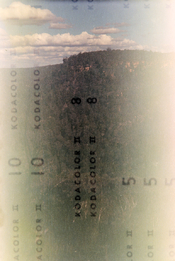Hello everyone!
A friend of mine asked me to develop this film for him; it's a colour film negative, 127 format, CNS2, no idea about how old is it, when it was shot, how was it kept, nothing at all basically. Colour processing is out of question, for a number of reasons. The film is very old stock, but the photographs on it were taken recently with a KVP camera. I would assume the film is from 60s - 70s, just to be at about the half of the period it was on the market, I guess.
Now, I had my fair share of processing colour film (various formats) as BW, but at least I knew what was their story. No idea with this one, so I am asking the more knowledgeable community here to try and assist me with this, if possible. Perhaps someone recognize the roll as some type or other?

As developers go, I have quite a good selection. I'm leaning towards Rodinal (high dilution) or HC110/B, but of course other may differ.
Thank you in advance !
A friend of mine asked me to develop this film for him; it's a colour film negative, 127 format, CNS2, no idea about how old is it, when it was shot, how was it kept, nothing at all basically. Colour processing is out of question, for a number of reasons. The film is very old stock, but the photographs on it were taken recently with a KVP camera. I would assume the film is from 60s - 70s, just to be at about the half of the period it was on the market, I guess.
Now, I had my fair share of processing colour film (various formats) as BW, but at least I knew what was their story. No idea with this one, so I am asking the more knowledgeable community here to try and assist me with this, if possible. Perhaps someone recognize the roll as some type or other?
As developers go, I have quite a good selection. I'm leaning towards Rodinal (high dilution) or HC110/B, but of course other may differ.
Thank you in advance !








